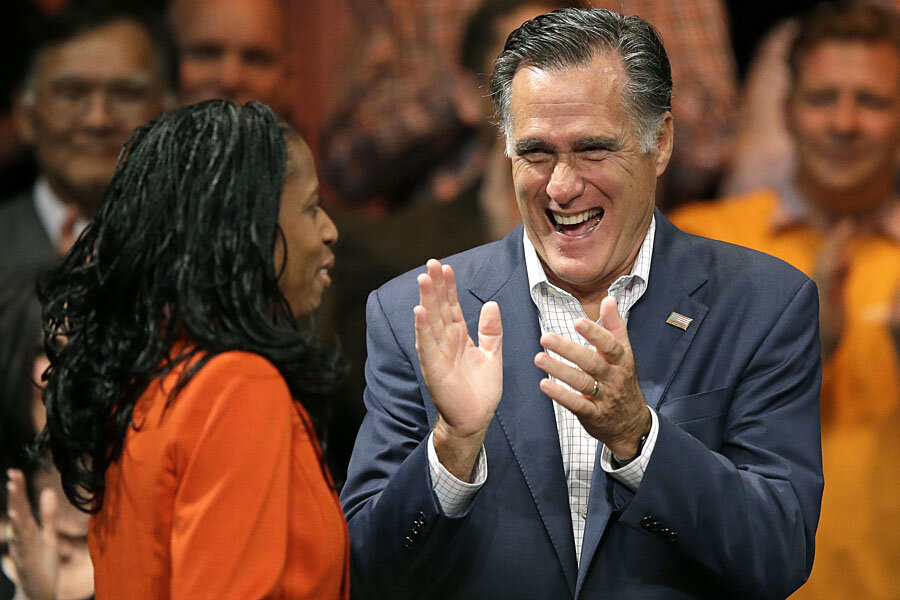Mitt Romney's retirement in jeopardy? IRS looks to regulate 'supersize' IRAs.
Loading...
When Mitt Romney released his tax return information during the 2012 presidential campaign, many of us were introduced to the world of supersized IRAs. Romney somehow had a tax-preferred retirement nest egg valued at $101 million. Maybe he got there by making standard annual contributions and investing really well. Or not.
Now, a new Government Accountability Office report has helped put those mega-IRAs in context. GAO found that in 2011, about 9,000 people had IRAs of $5 million or more, about 1,100 of them had accounts valued at $10 million or more, and about 300 lucky duckies had stashed in excess of $25 million in their retirement accounts.
In 2011, about 45 million people had IRA accounts. That year, according to Craig Copeland of the Employee Benefit Research Institute, the average account balance was $70,915. Because some people have multiple accounts, the average individual balance was $87,668. The median balance was less than $24,000 (in other words, half of all accounts were smaller than that).
Unlike the 99.9 percent, the holders of super IRAs probably didn’t end up with huge accounts merely by making maximum contributions each year and investing wisely. GAO figures if someone had maxed out every year from 1975-2011, invested in an S&P index fund (which returned an average of about 8 percent annually), and never withdrew a dime, they’d have about $353,000. Nothing to sneeze at, but a small fraction of these mega-accounts.
To get to $5 million, you’d need to earn an average annual rate of return of 18 percent. For 35 years.
So how did those mega-IRAs accumulate so much? In many cases because their owners contributed under-valued assets to avoid the annual contribution limits. Some did it with closely held stock prior to an IPO. Others may have used carried interest or other partnership interests that are priced at liquidation values (essentially zero).
There is a downside: Earnings are taxed at ordinary rates once they are withdrawn from an IRA and don’t benefit from lower capital gains rates. That’s one reason why investors can do even better by converting a traditional IRA to a Roth IRA, where returns can accumulate tax-free.
GAO figures the fair market value of accounts in excess of $5 million was about $140 billion in 2011. Well over half–about $80 billion–was sitting in those 314 accounts with $25 million-plus.
Even before the GOP report, mega-IRAs were getting the attention of lawmakers and the IRS.
Starting with the current tax year, plan sponsors will have to report hard-to-value assets to the IRS. President Obama has proposed barring contributions to plans worth more than $3 million.
In Congress, lawmakers have proposed limiting “stretch” IRAs, where an account is not liquidated for decades after the original owner’s death. And House Ways & Means Committee Chair Dave Camp’s tax reform plan would fundamentally restructure all tax-advantaged retirement savings.
Congress could also restrict IRAs—and 401(k)s—to publicly traded-assets that have an easily calculated market value.
If lawmakers ever do tax reform, these mega-accounts are likely to be prime targets, if for no other reason than curbing them could generate much-needed revenue to fund rate cuts or deficit reduction. Of course, the more Congress talks up future curbs, the more high-income people will rush to fill their IRAs to beat any restrictions. Of course, they already have plenty of good reasons to do so.
The post The Small, Happy World of Supersized IRAs appeared first on TaxVox.







